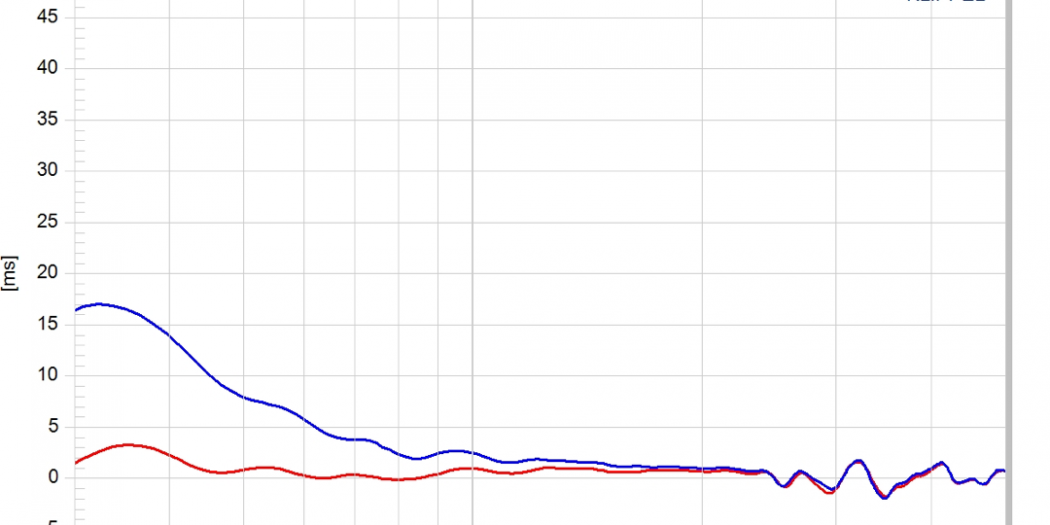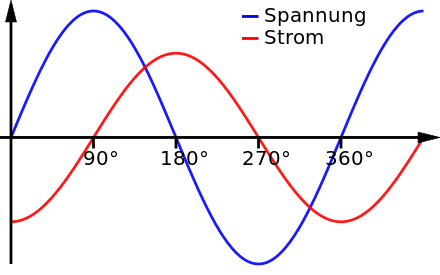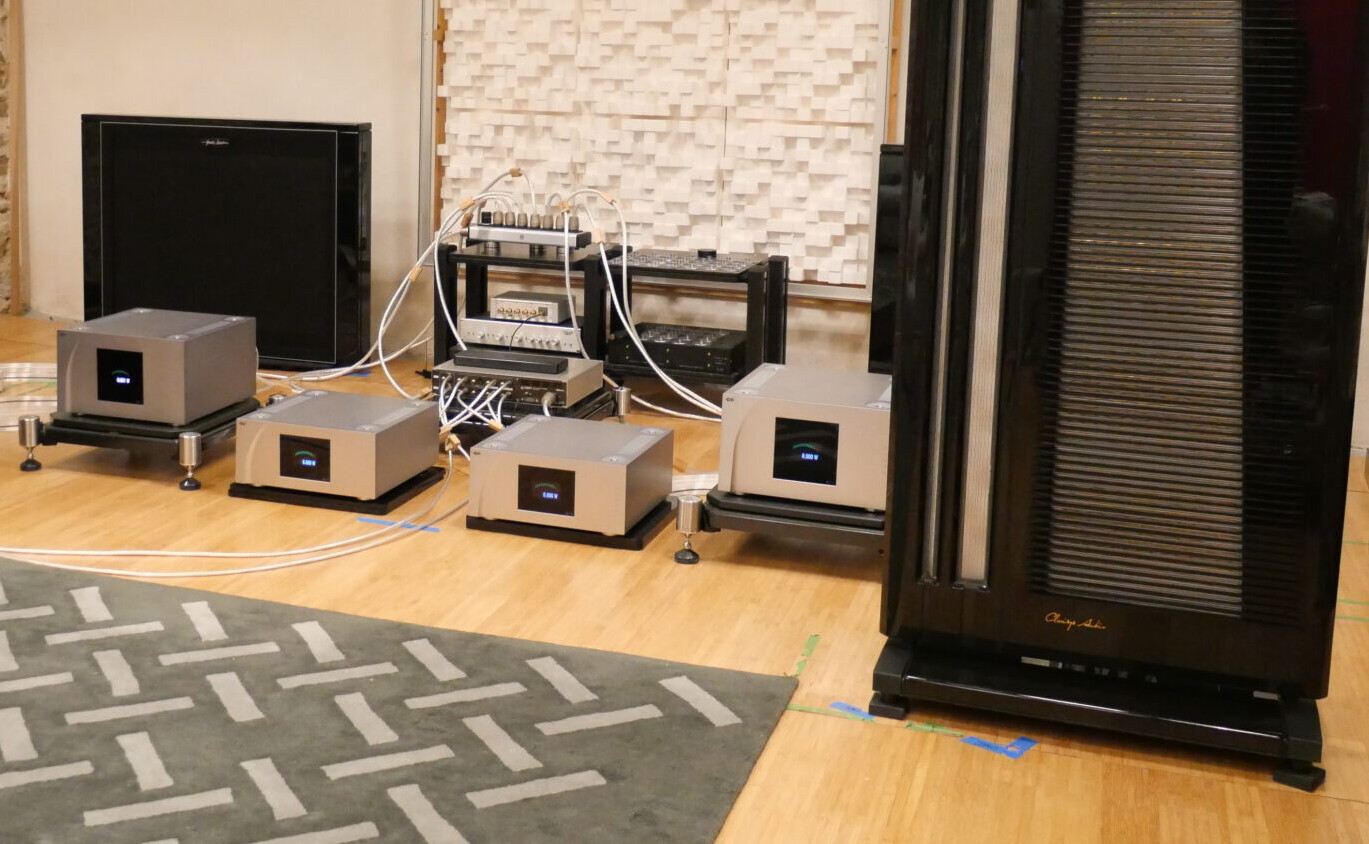The acoustic phase indicates how time-accurate (ms) a loudspeaker works across the entire audible frequency range. Only group delay and the step response provide conclusions. With an active xover and digitally imported filter, the acoustic phase can be set pretty perfectly. Neumann was the first to use this on its O 500C loudspeaker. Example: blue without filter, bass with filter, redAcoustic Phase , you lost me there we are discussing electrical phase inherent in any drive system , you do realize phase is an relationship has nothing to do with XOver choice ..
Regards

In a perfect world, I would agree with you on all points. Unfortunately, a ribbon is not only made of aluminum, but between the two aluminum foils (dipoles) there is a dielectric (e.g. Kapton), basically like a foil speaker cable and a capacitance. In your diagram you can see the positive phase angle increase towards the highs. That is only one reason: the inductive load, the voltage is there before the current (transformer) predominates, as the tweeter ribbon has little surface area and very low capacitance. That is my opinion on the matter; I cannot scientifically prove whether I am correct in what I am saying.I don't have a ribbon.A short piece of straight ribbon has almost no reactance (capacitance or inductance) at all...the winding is what makes it inductive (for an inductor or transformer) or capacitive (if wound with sheets of dielectric). A straight ribbon is purely resistive...but has a very low x. What made Apogess hard to drive was a low resistance...and even this was made a lot easier with later generations. Only the Full Range used transformers. The Scintilla was a 1 ohm speaker because it didn't use transformers and that is what made it hard to drive...not because it had a high capacitance and/or phase angles. Later Apogees were all above about 3 ohms. The way that they got the resistance up was by making the traces on the mylar film run like a snake, going up and down several times, while remaining flat to increase the path length greatly. There is no coiling or whatever you think. The only reactance in the system was the crossover elements.
As you can see from the plot above, the Apogee Stage had a pretty flat 3-4 ohm resistance and relatively low phase shift...nothing highly capacitive or inductive going on there.
Look, you seem very confused about this but I know you have good technical competence...sit down and have a think about it before you post again.
Electrostats have high capacitance and are known to make some marginally stable amps oscillate. I know this from firsthand experience when my Transcendent Sound OTLs oscillated like mad on my Acoustats....I rushed to shutdown to prevent meltdown.
Postive phase angle




